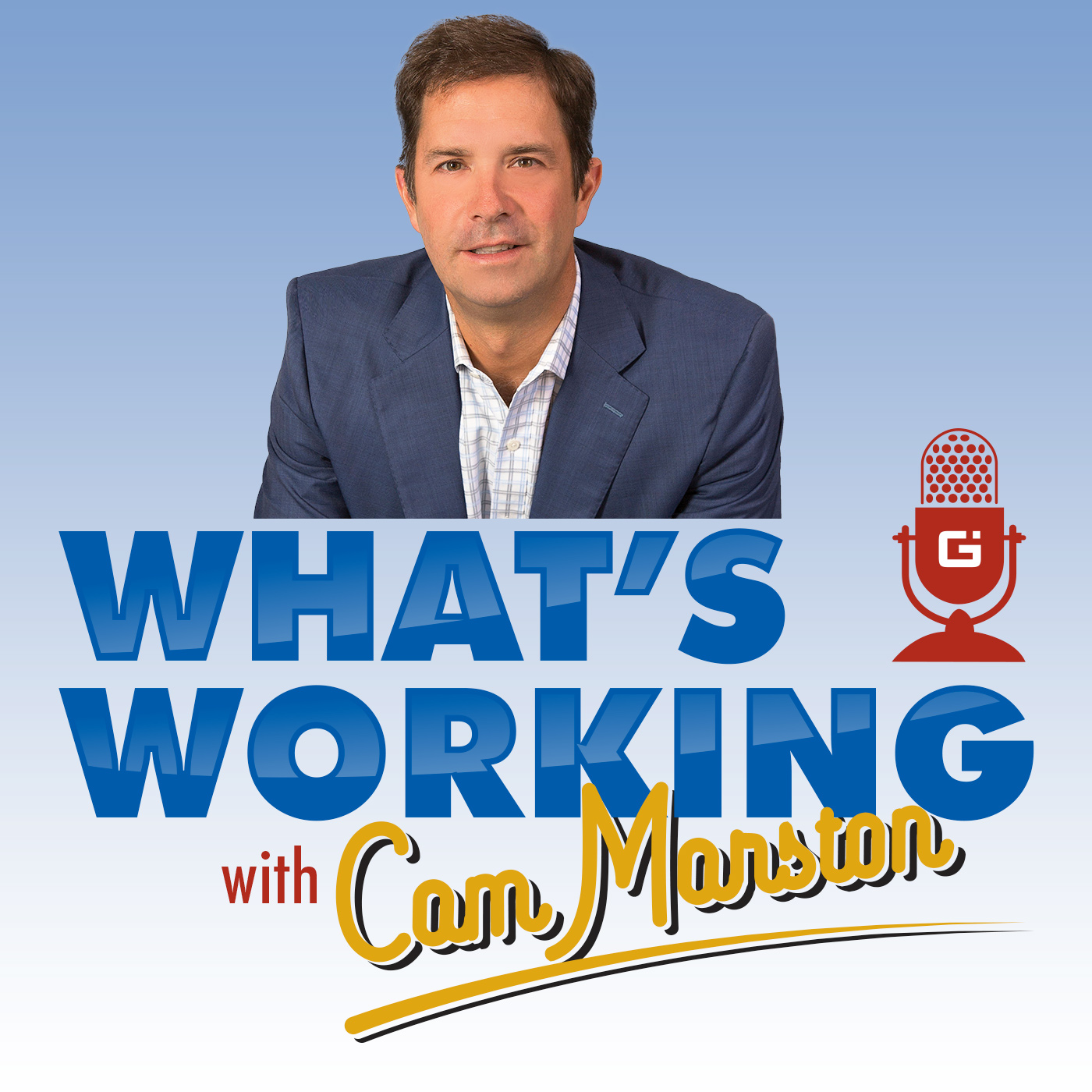
Hitting the road to win over a new generation to Napa Valley wine
Posted On July 29, 2019
Millennials are not only the largest sector of the workforce now, but they’re also the largest sector of the marketplace. And businesses that hope to thrive are not only looking for way to attract millennial employees, but how to win over millennial consumers.
That can be difficult in an industry many millennials may see as makers of products their parents used.
It’s not necessarily a losing battle, however, according to my guest in a recent episode of “What’s Working with Cam Marston.” Michael Honig is president of Honig Vineyard and Winery in Napa Valley, a business that has been in his family for three generations, but one that is now finding it difficult to make inroads with the newest generation of consumers.
Many millennials are focused on trendy cocktails, spirits and craft beers, Honig says. Those who do enjoy wine are often looking for unique varieties made in exotic locations, not the same old Napa Valley brands their parents enjoyed.
“The problem right now is that they look at Napa Valley and say that’s what my grandparents drank or that’s what my parents drank: ‘That’s my parents’ Chevrolet,’” Honig says. “None of us want to be our parents, in the sense that we don’t want follow their footsteps. We want to create our own path. But at some point those paths come back to where our parents were. It just takes time, because our parents weren’t wrong. They enjoyed what they enjoyed because they knew quality.”
Honig, who took over the winery at 22 and has run it for 30 years, believes one of the keys to winning them over is speaking their language. His winery allows children and pets in its tasting room to cater to young families, and the company’s tagline on its website seems to speak directly to millennials: “Family Owned, Sustainably Farmed, Solar Powered.”
Honig shares with us what sets Napa Valley wines apart from those made in other parts of the country, how technology is helping improve a process that hasn’t changed much in centuries, why it’s so expensive to get into the wine-making business, how tariffs are affecting the industry, how “sniffer dogs” once helped solve a bug problem, and why he still spends three weeks a month on the road serving as an ambassador for the brand.
“Who better to tell the story than someone whose name is on the bottle?” Honig says. “I learned about 20 years ago, the best use of my time is not hiring and firing, it’s not signing checks, it’s not sitting in my office doing things, it’s out on the road telling the story.”
Join us for an aromatic and satisfying discussion about wine and business of making it.